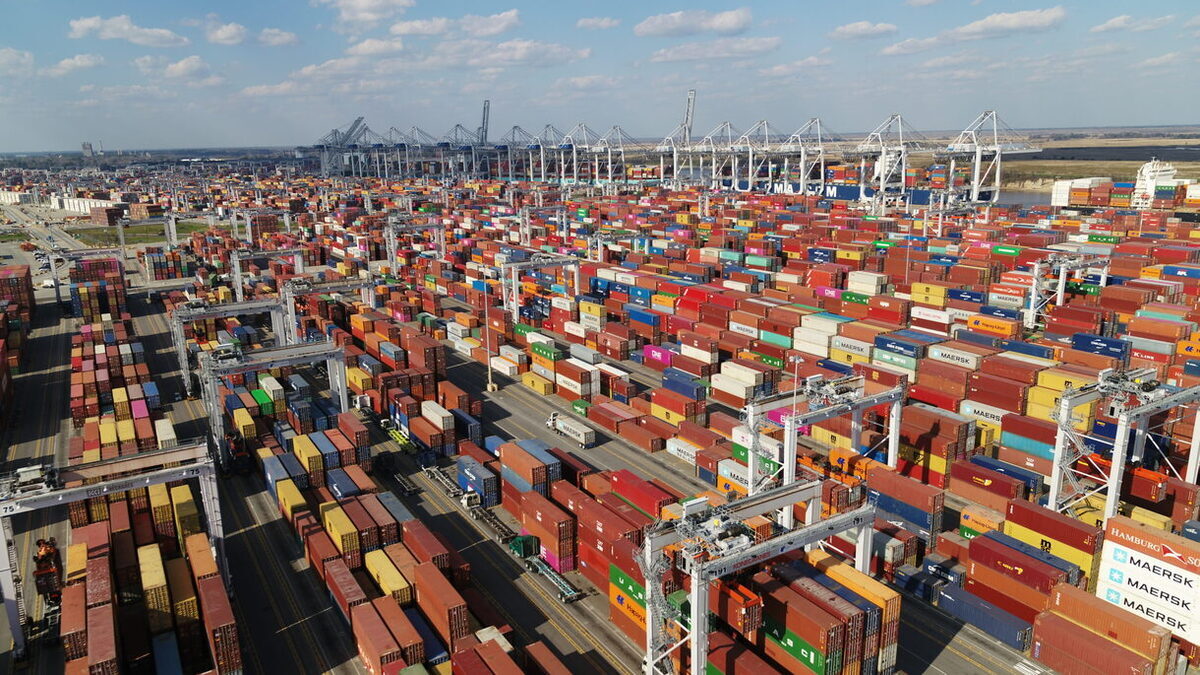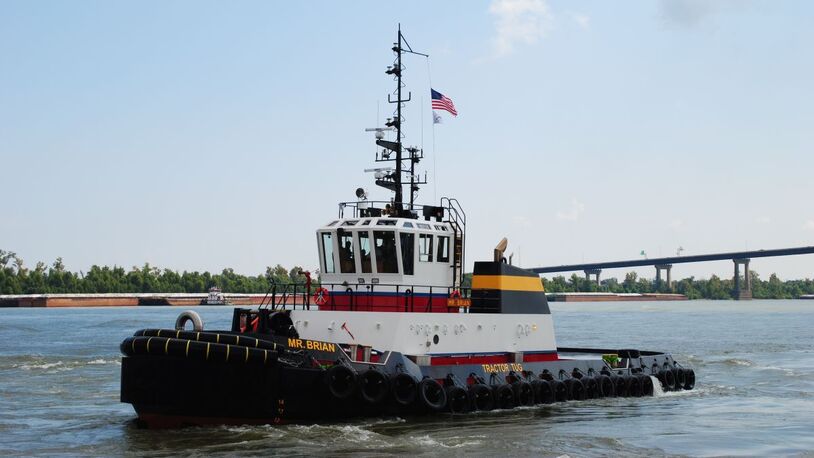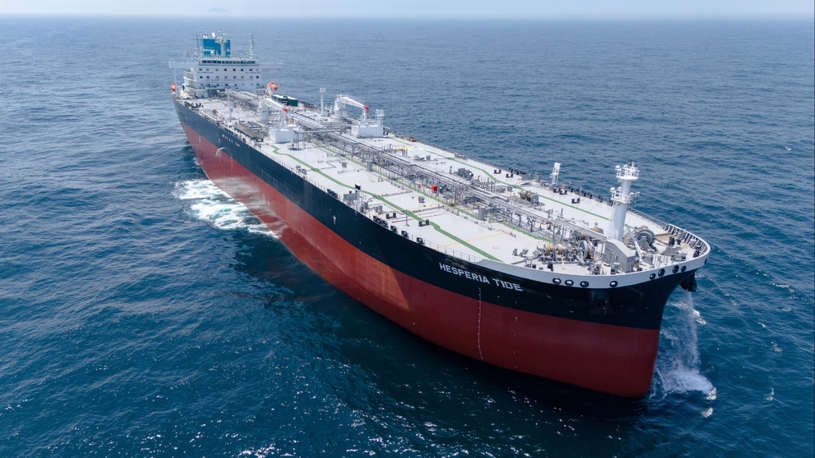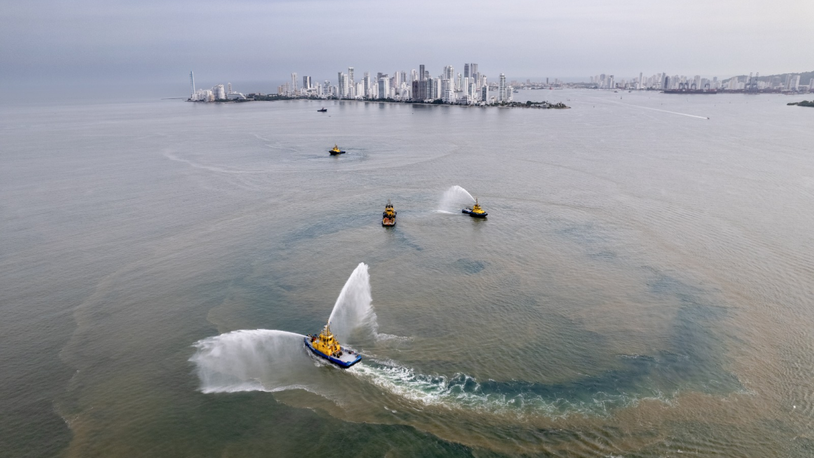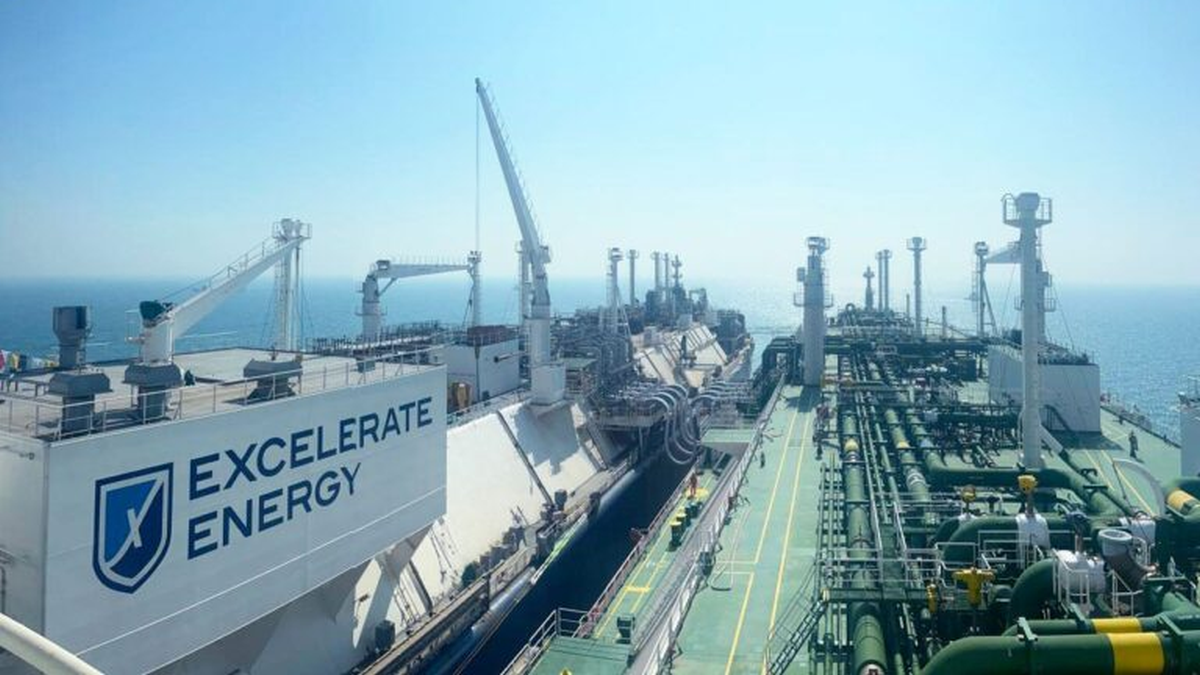Business Sectors
Events
Contents
Register to read more articles.
White House announces extensive plan to ease supply chain woes
The Biden administration has announced that the Infrastructure Investment and Jobs Act, (Bipartisan Infrastructure Deal), includes an allocation of US$17Bn to improve port infrastructure in the United States
Describing it as the "single-largest federal investment" in ports in US history, the administration said it recognised that outdated infrastructure and the pandemic have strained port capacity and jeopardised the supply chain, noting the declining presence of US ports in global indices. The US$17Bn allocation will help improve coastal ports, inland ports and waterways, and land ports of entry along the border.
The White House said, “Taken together, America’s underfunded port and waterway infrastructure has real costs for our families, our economy, and our global competitiveness.”
“These resources will deliver near-term assistance and make long-term investments to strengthen supply chain resiliency. Along the way, these investments will create good paying jobs and help America outcompete China.”
Under the Bipartisan Infrastructure Deal, states will receive more than US$50Bn per year in federal-aid highway funding, much of which can be used to repair and modernise existing infrastructure to improve the performance of freight corridors.
To ease supply chain disruptions in the short term, the Department of Transportation (DOT) will allow more flexibility in port grants. To alleviate congestion at Georgia’s Port of Savannah, the Georgia Port Authority will run a ’pop-up container yards’ project to reallocate more than US$8M to convert existing inland facilities into five pop-up container yards in both Georgia and neighbouring North Carolina.
Under the plan, the Port of Savannah – a major centre for agricultural export – will transfer containers via rail and truck further inland so they can be closer to their final destination, which will make available valuable real estate closer to the port with the aim of freeing up more dock space and easing the flow of goods in and out of the port.
DOT will award US$230M as part of the Port Infrastructure Development Grant programme and a further US$13M for the Marine Highway Program to support waterborne freight service.
Over the coming months, the government will identify projects for US Army Corps of Engineers’ construction at coastal ports and inland waterways to help repair outdated infrastructure and deepen harbours for larger cargo ships.
Many US ports have bridge or depth limitations restricting their ability to receive the larger, post-Panamax vessels that are expected to be the future of shipping. Further, the surge of cargo coming off larger vessels strains outdated landside infrastructure, causing more container traffic to flow through a smaller number of ports.
DOT will also publish a playbook for states on how to use grant and loan programmes to support the movement of goods and ease freight bottlenecks.
The passage of goods in the US is almost entirely privately operated, spanning shipping lines, terminal operators, railroads, truckers, warehouses, and cargo owners.
While stakeholders may have extensive digitalised operations, the administration said they do not always exchange data with each other, causing delays and inefficiencies in the flow of cargo.
DOT will begin working with the maritime regulator, the Federal Maritime Commission, to publish a request for information on standardised data exchange requirements for goods movement in the transportation supply chain.
The Infrastructure Investment and Jobs Act is a federal stimulus package amounting to US$1.2Tn aimed at improving the US economy. The bill has passed through the bicameral legislature and is pending Presidential approval.
Related to this Story
Events
Offshore Support Journal Conference, Americas 2025
LNG Shipping & Terminals Conference 2025
Vessel Optimisation Webinar Week
© 2024 Riviera Maritime Media Ltd.


